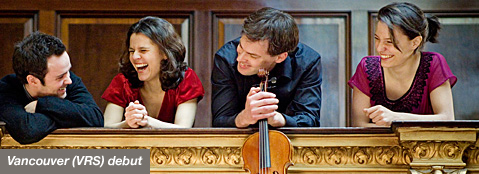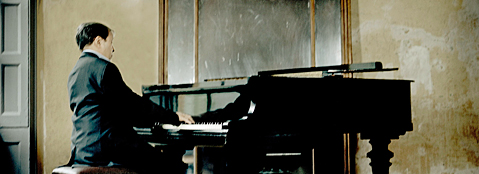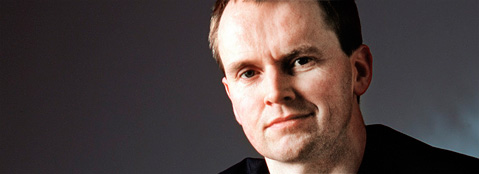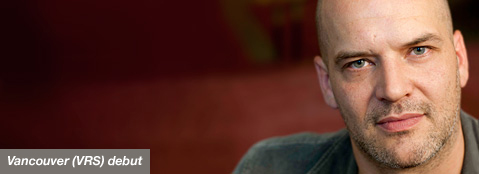Author: VRS
-

PROGRAM NOTES: ELIAS STRING QUARTET
Wolfgang Amadeus Mozart: String Quartet no. 18 in A major, K. 464 This is the fifth of the six “Haydn” quartets – everyone a masterpiece – that Mozart wrote in the mid-1780s. The identification with Haydn derives from the older composer’s direct influence on his colleague in the matter of string quartet writing. Specific elements…
-

MURRAY PERAHIA…REMINISCENCES
Murray Perahia first came onto my radar in 1972 when he won the Leeds International Piano Competition. I knew Murray’s playing through his recordings but didn’t have the opportunity to hear him live for the first time until 1983, when on a visit to London I was able to attend a recital he gave at…
-

PROGRAM NOTES: MURRAY PERAHIA
J. S. Bach: French Suite no. 5 in G major, BWV 816 Bach’s Partitas, English Suites and French Suites – six of each – collectively rank among the glories of the keyboard literature. Each is a four-part sequence of dance movements, all in the same key but varied in rhythm, tempo and mood: Allemande, Courante,…
-

PROGRAM NOTES: STEVEN OSBORNE
Ludwig van Beethoven Piano Sonata (“Moonlight”) in C sharp minor, Op.27, no.2 (Sonata quasi una Fantasia) The year 1801 marked not only the dawn of a new century, but also a significant new approach on Beethoven’s part to matters of form and structure in the piano sonata. The bold use of unusual and exotic keys,…
-

RU35: RECITALS UNDER 35
Looking for a way to experience heart-stopping classical music recitals without breaking the bank? RU35, or Recitals Under 35, is the Vancouver Recital Society’s new program for discerning young Vancouverites between the ages of 18 and 35. RU35 tickets for all recitals are only $18, a savings of up to 75%. As one of the…






